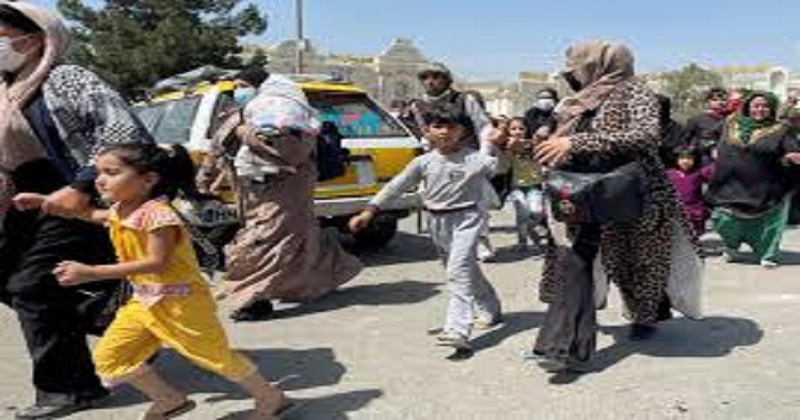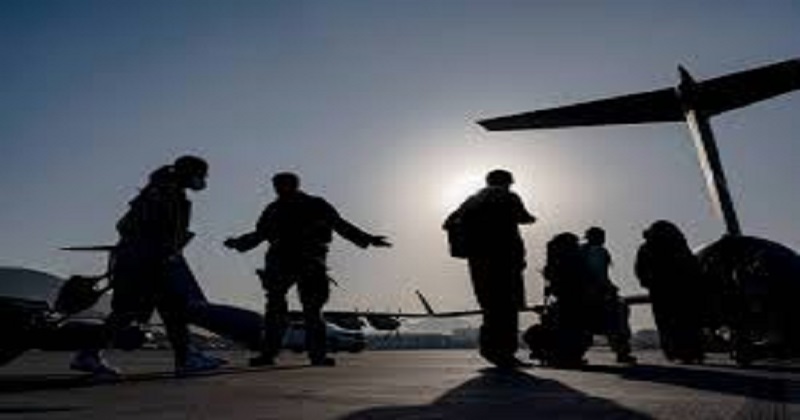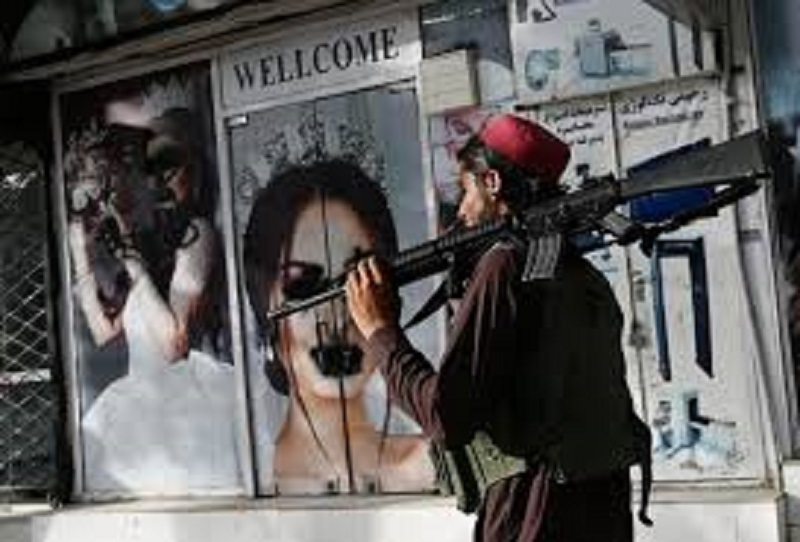
In the wake of the blockade of Kabul airport last month, thousands of Afghans seeking to escape the incoming Taliban regime sought alternative means of escaping. On a route punctuated with Taliban checkpoints, hundreds of people rushed for Mazar-i-Sharif airport, a city some 300 kilometers (185 miles) to the north. There are about 200 people aboard charter jets crowdfunded by individuals and businesses. However, several hundred more are standing by in Mazar-i-Sharif, says Nama Vanier, CEO of Sayara, which secured funding for 2 Airbus A340s for 680 Afghans.
They include people from aid agencies, foreign companies, and journalists – including a female reporter who was assassinated. Vanier, who helped 51 Afghans and their families board flights from Kabul, said the holdup often came from Washington.’The Taliban would be more accommodating if the Americans supported them,’ he said. U.S. Secretary of State Antony Blinken told reporters Wednesday that the United States was working round the clock to facilitate the flights, but had limited in-country resources. ‘We have made it clear to the Taliban that these charters need to leave,’ he said. The United States is also pressing the Taliban to reopen Kabul airport for civilian flights to allow Afghans to leave safely.
Marine LeGree, from the women’s rights group Ascend Athletics, is trying to evacuate a group of young Afghan women and their families. She said, ‘Nothing is moving. We are sold out’. According to Eric Montalvo, a former soldier and lawyer involved in the evacuation attempt from Mazar-i-Sharif, the United States failed to deliver the paperwork needed for the Afghans to leave.

As part of a two-week international airlift operation out of Kabul, more than 123,000 foreigners and Afghans were evacuated before the last US soldier departed ahead of the August 31 deadline to end the 20-year war. An Islamic State-Khorasan suicide bomber detonated outside the airport, killing scores of people hours before Farid Ahmadi was scheduled to fly out on August 26. Suddenly, Ahmadi got a call telling him to travel to Mazar-i-Sharif. On a nine-hour bus trip, he gathered his colleagues and their families. During its slow journey, Taliban soldiers stopped the bus several times. Ahmedi explained that he was going to a wedding. After arriving in Mazar-i-Sharif, they hid for three days. All the families were afraid. The children weren’t playing. After just one hour of waiting, Ahmadi’s group received the green light to depart.
International effort
Mazar-i-Sharif flights involve a tremendous amount of effort, sometimes requiring just a few dedicated individuals to coordinate. ‘The people we helped were friends, former colleagues, people in danger, but not on the list of embassies,’ said Clemence Quint, head of Magenta, a consulting firm providing governance advice. ‘So we began preparing our own evacuations’. Facebook chartered an aircraft to airlift its employees, as well as others in need.

Read more: Country declares drought a ‘national catastrophe’
In the process of helping Facebook employees and close partners leave Afghanistan, the social networking giant helped a group of journalists and their families who were in grave danger. More than 100 Afghans from Tolo News, a communications group owned by Mexico, are expected to head to the United States. A bureaucratic barrier, an administrative barrier, or someone not picking up their phone caused the flight to be delayed for three days, Quint explained. Ahmadi described his relief when the wheels of his plane finally took off from Mazar-i-Sharif. He said, ‘Everyone was crying. No one could believe we did it’.

Post Your Comments